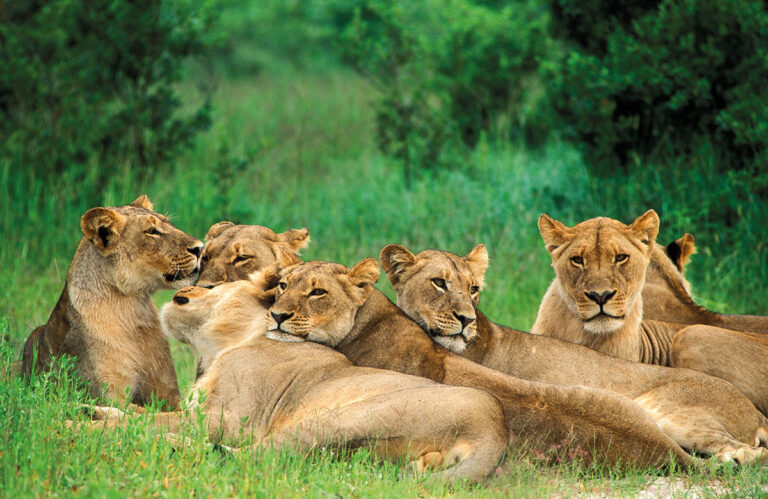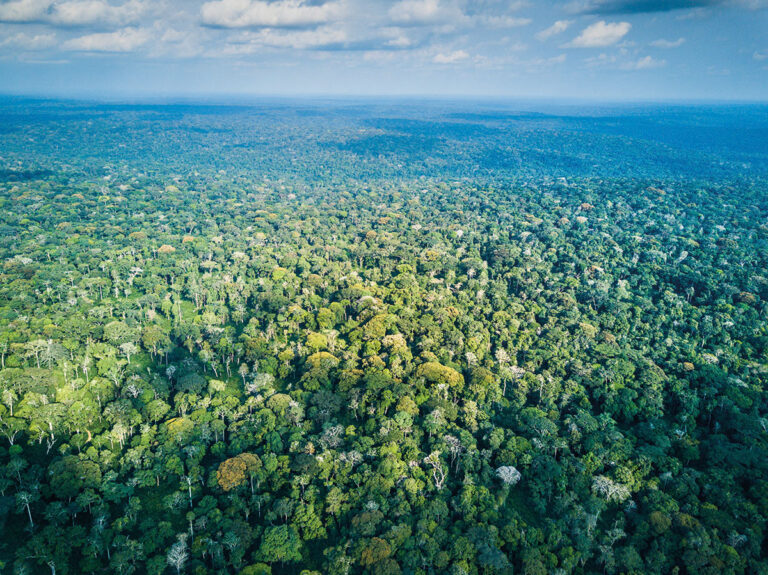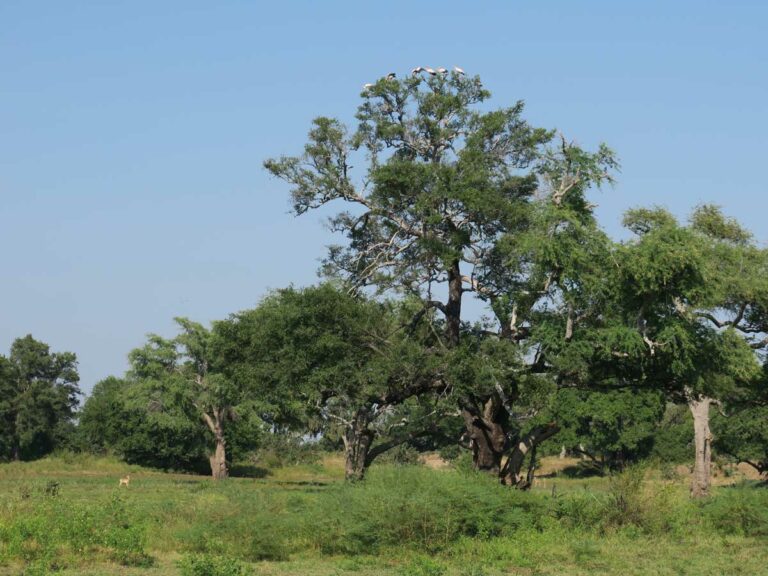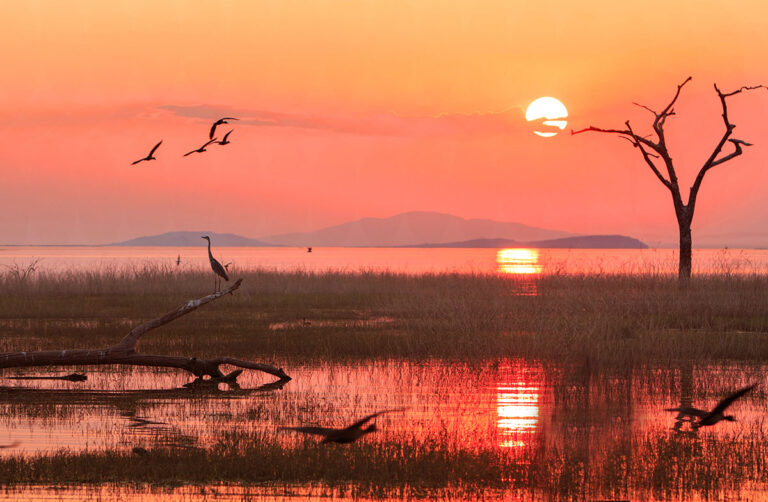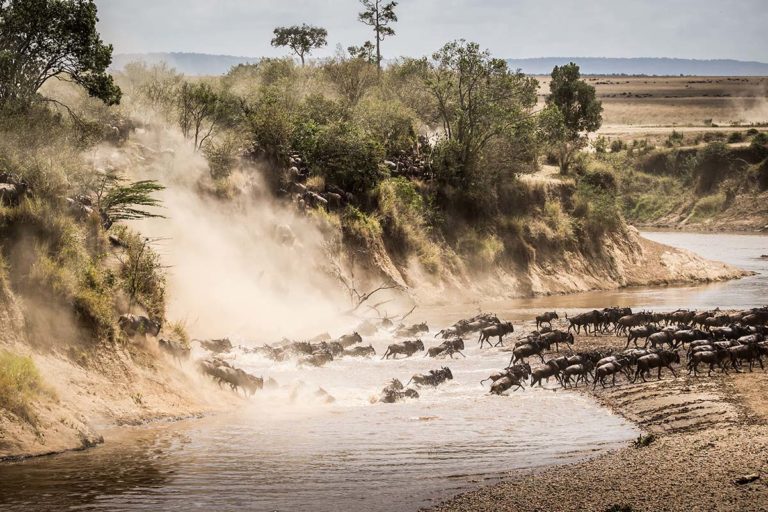12 Helpful tips about walking safaris
Home » Tips & Tricks » 12 Helpful tips about walking safaris
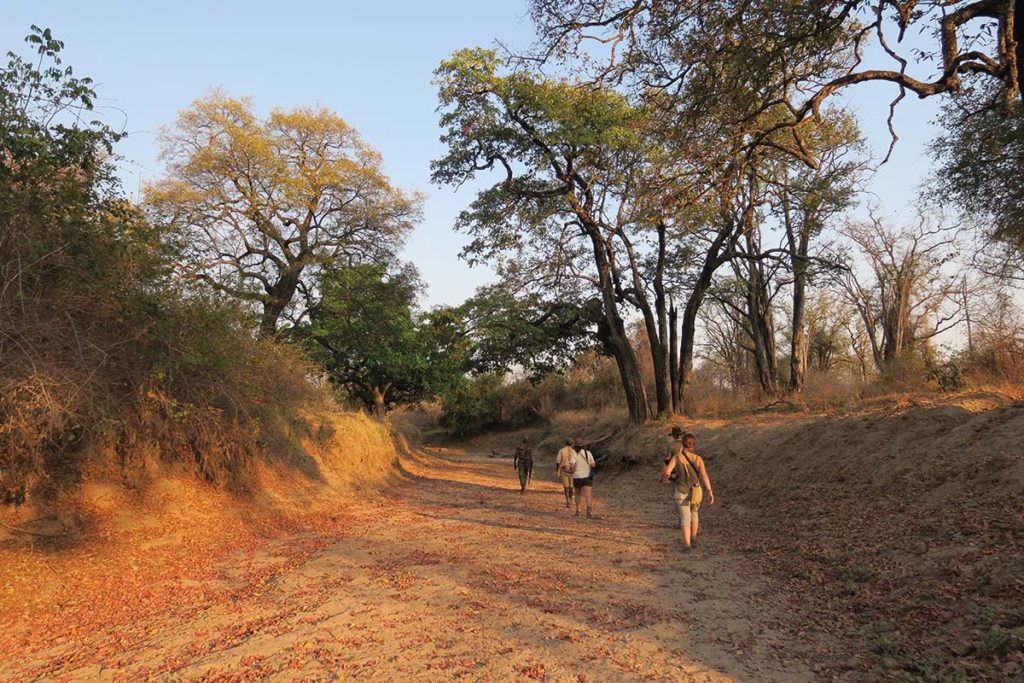
Recognising the growing desire from travellers to connect with nature and to be more active, more and more lodges are offering guided walking options, ranging from a short few hours to longer expeditions. Sue Watt visited South Luangwa National Park in Zambia, and sent us these tips.
1 Creature comforts
Some safaris focus on tracking wildlife on foot, staying at the same camp throughout. Alternatively, ‘mobile safaris’ involve hiking from one point to another, fly-camping in different locations most nights. Either way, there’ll be ample food, cold drinks, comfortable beds, showers and decent loos!
2 Take it easy
You don’t need to be particularly fit. The pace is slow, with frequent stops to learn about the wildlife and habitat. Distances vary depending on what you encounter. Most walks last between two-five hours with breaks.
3 First-time nerves
Tracking big game sometimes better suits guests who’ve been on safari before and are a bit more aware of what to expect. You’ll have an experienced guide and an armed scout, but very little prepares you for that first time you see a lion or elephant. On foot, you might feel vulnerable or exposed. You must stay calm, listen, obey your guide, and NEVER run. By running, you act like prey and the predator will chase you.
4 Age concerns
There’s usually an age limit for children of around 14 to 16 years. But there’s no upper limit for older people.
5 Spending a penny
Don’t worry about needing the loo: there are plenty in the bush, behind shrubs and out of sight. Your guide will check for unwelcome wildlife and find a safe, private spot.
6 Fashion sense
Wear neutral colours to blend with the bush, avoiding brights and whites. Blue and black attract tsetse flies and their nasty nip. Keep clothes loose and layer them for chilly mornings.
7 Hot stuff
The Luangwa Valley can get exhaustingly hot in the summer months. Walks start at sunrise to make the most of the cooler temperatures, then you’re usually back at camp for lunch and a rest before a shorter late-afternoon stroll. Take a hat and sunscreen and drink often to avoid dehydration.
8 Watch your step
Bush terrain has been moulded over generations by its wild residents, from well-trodden hippo trails to rutted, ankle-twisting mud trampled by elephants. Wear comfortable, closed walking shoes.
9 Silence is golden
Stay quiet: you don’t want to scare the wildlife. Crucially, your guide needs to listen for sounds that might just keep you safe: squirrels squealing or impala barking suggest predators could be around.
10 Quiet times…
It’s not all about adrenaline – sometimes there’s little significant to see but nature’s simplicity can provide its own thrills. Try to stay focused and just enjoy the walk. Imagine you’re the guide looking out for your guests at all times!
11…Downtimes
Be prepared for long breaks in camp, perhaps from 11am until 4pm during hotter months. Bring some books, sketch, write a journal, linger over lunch or simply doze…
12…& Special times
Tracking big game on foot can be spine-tingling and nerve-wracking all at once. Let your guide show you their world, take time to enjoy it, and immerse yourself in nature at its best.
This article was first published in Travel Africa Issue 87, July 2019.
Other recent articles
Rediscovering Zimbabwe
The green heart: trees of life
Where to look?
Zimbabwe highlights
Circuit breaks
25 Reasons to visit Kenya
Subscribe
Never miss an issue of Travel Africa
To ensure you get your regular Africa fix, subscribe to have each issue of Travel Africa delivered directly to you as soon as it is published (four times a year). Choose from print+digital or digital-only options, to suit your preferred reading style. Renewals and gift options are also available.
Join our Shamwari gnusletter
Sign up to receive additional content, news and travel tips by email. Your address will be used only for this purpose and you can unsubscribe at any time.
By using this form you agree that you have read our Privacy Policy

